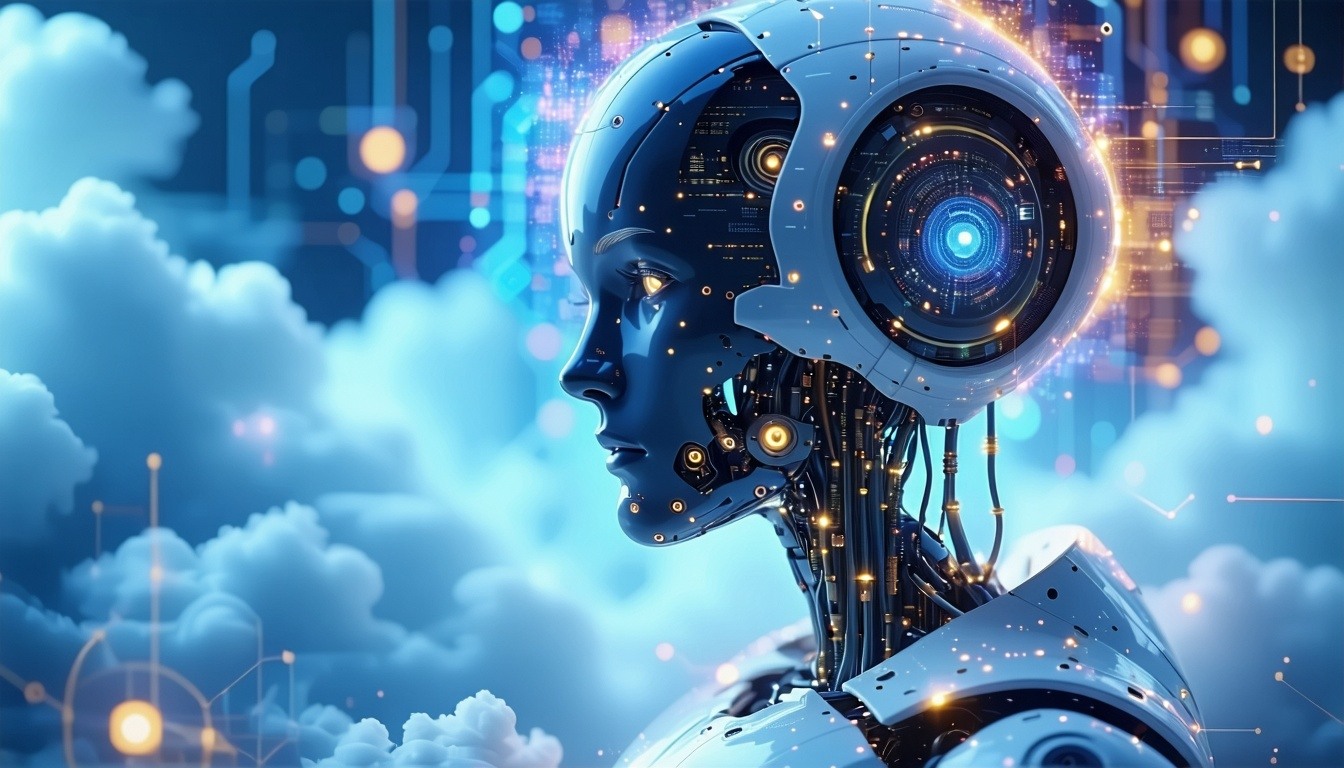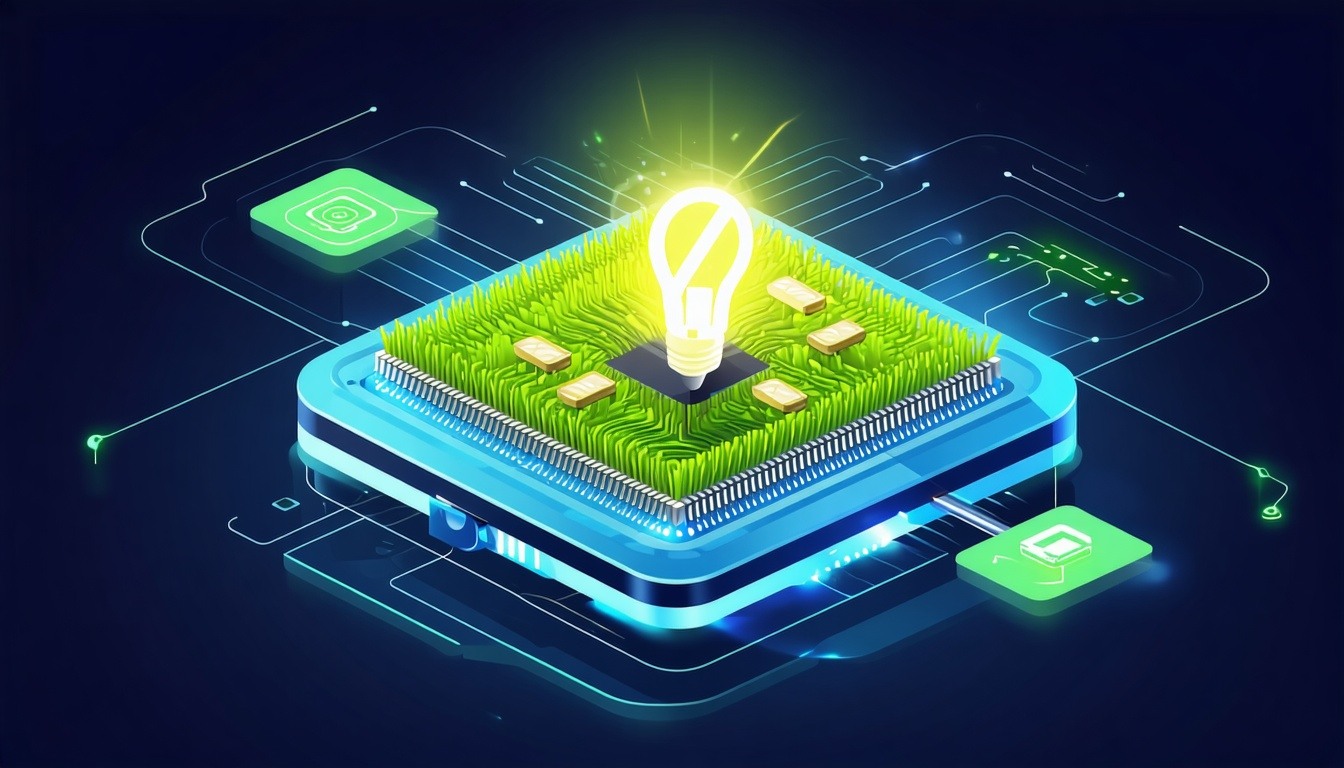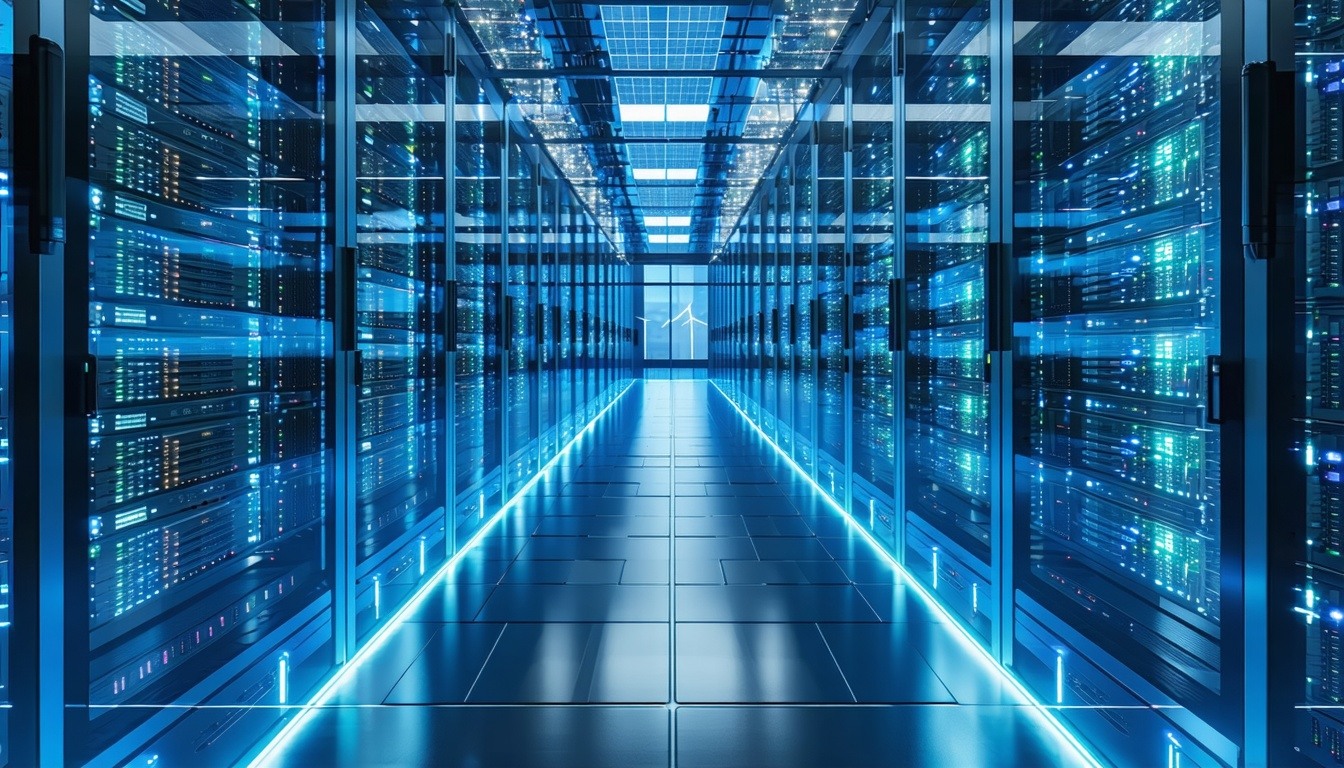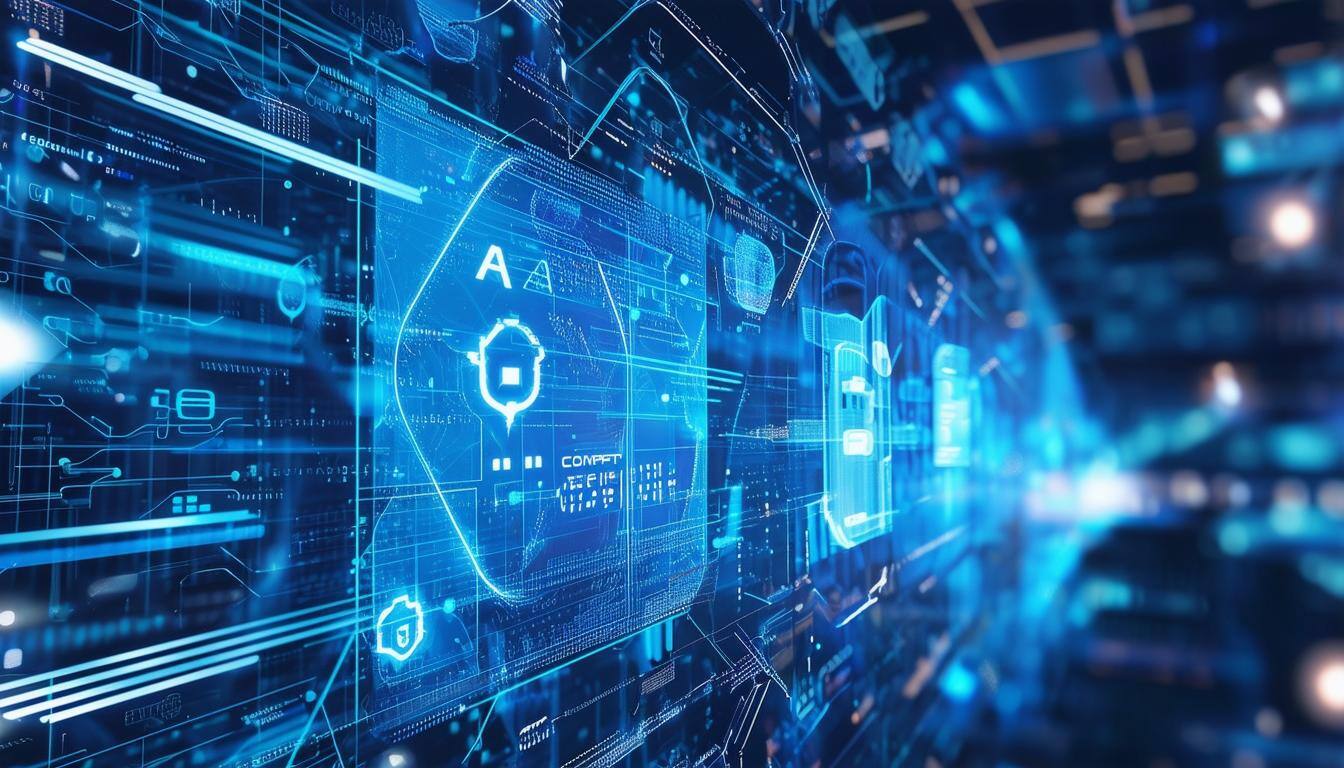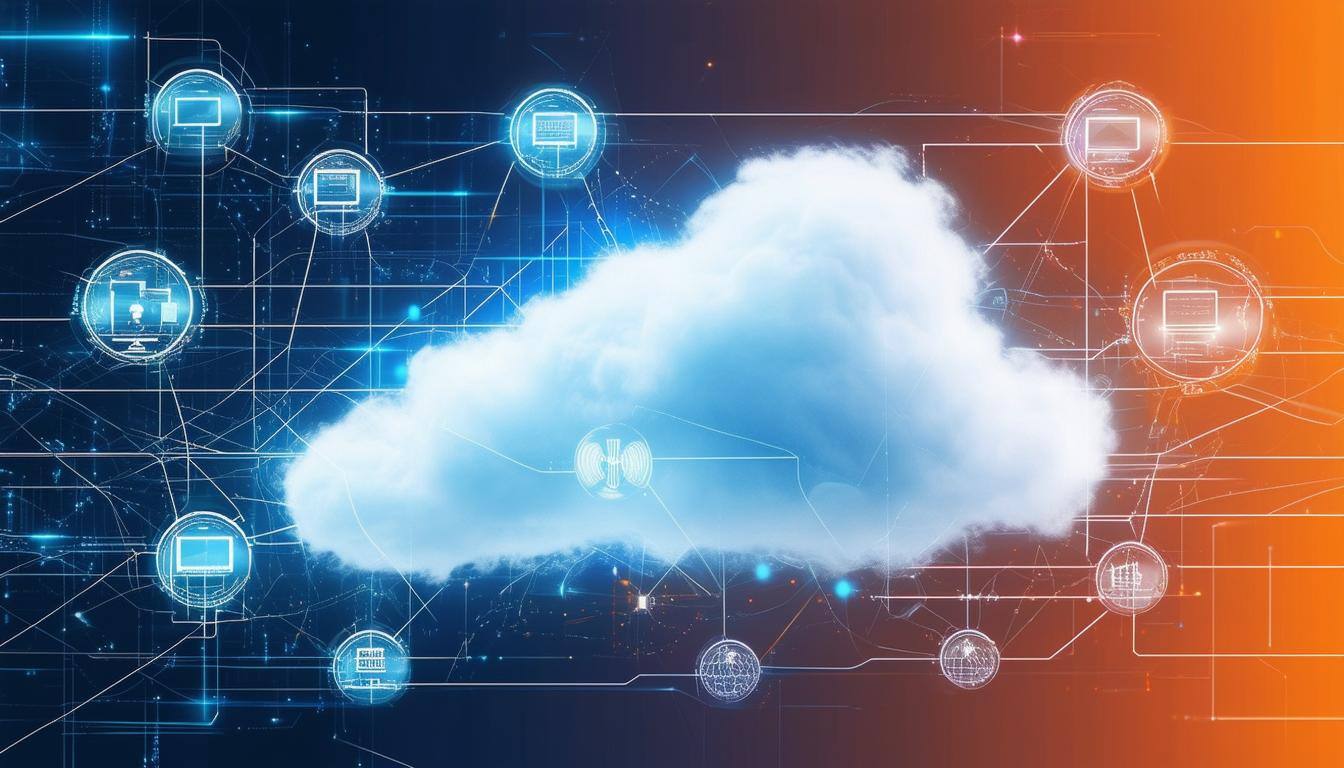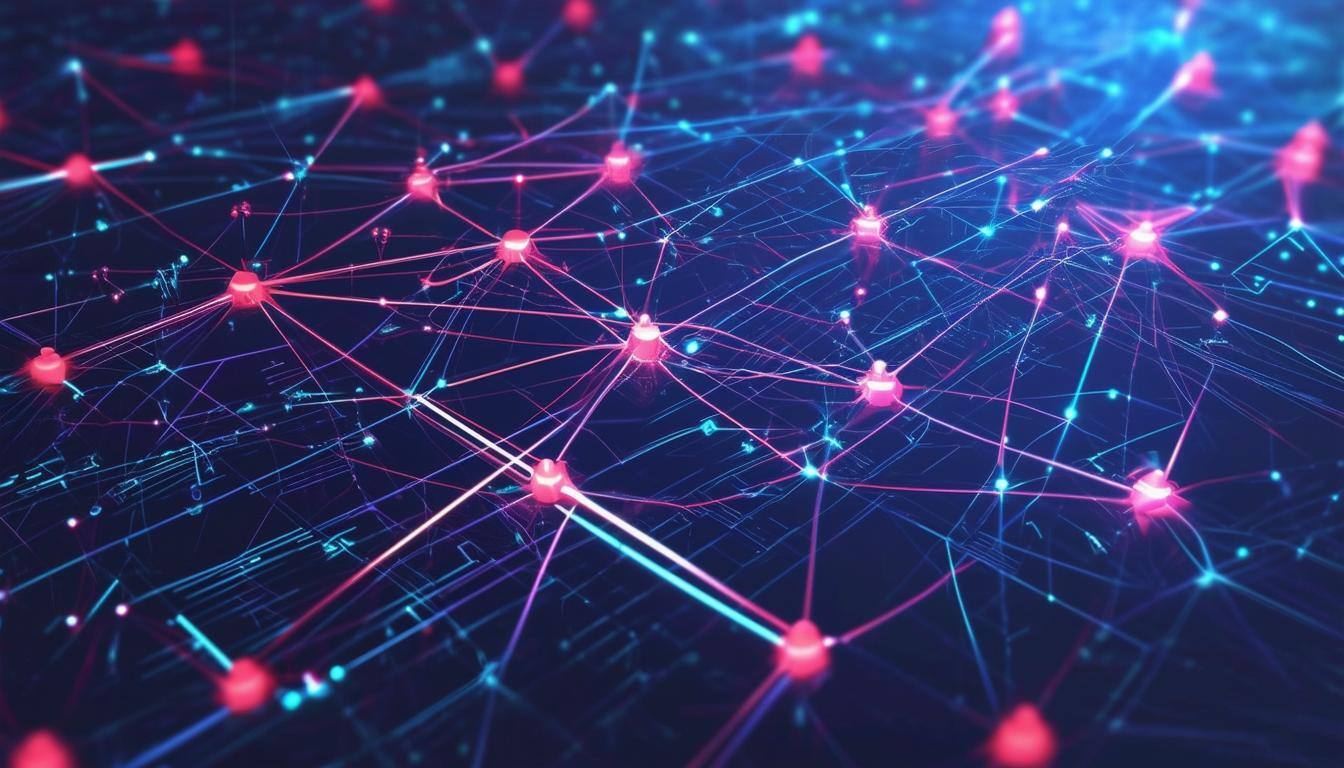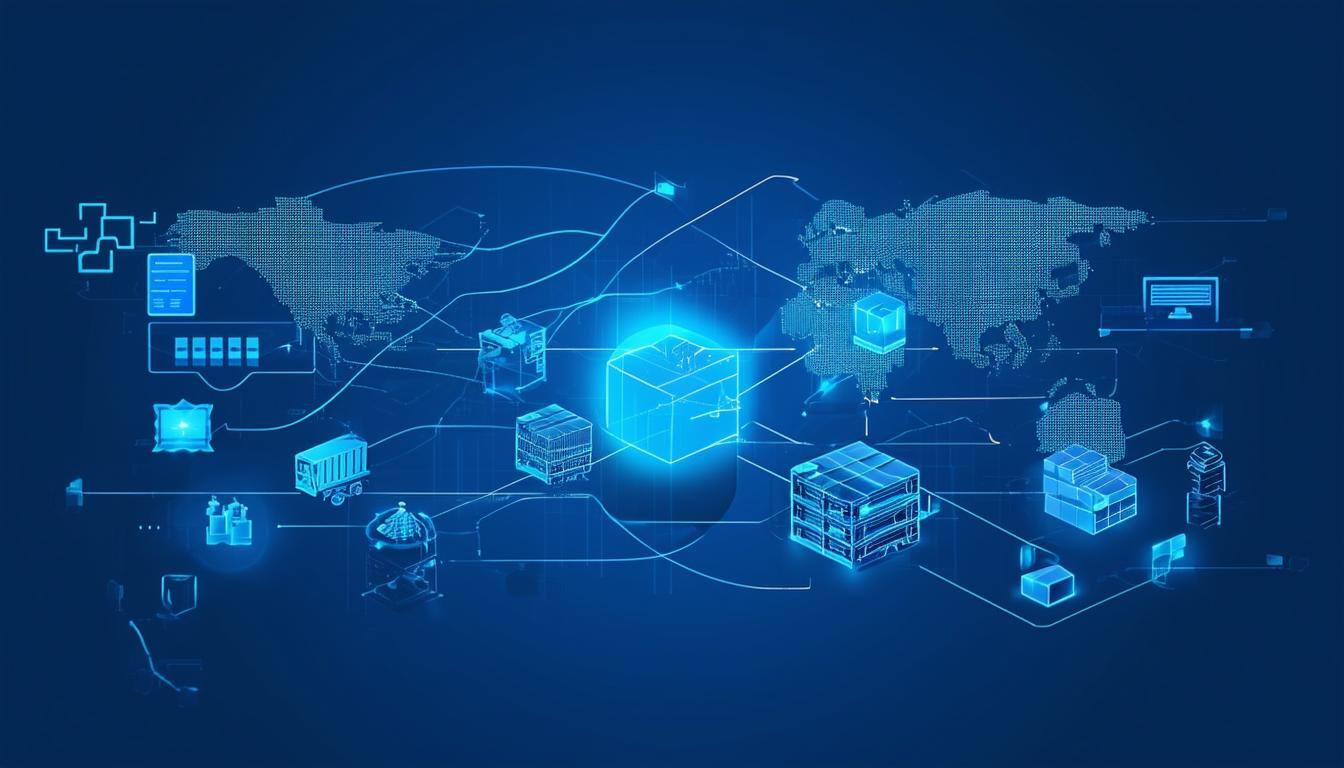Key Takeaways:
- Cloud AI chipset revenue is surging. The market will grow 65% in 2025 to reach $63.6 billion and is expected to hit $137 billion by 2031, nearly quadrupling in size from 2024.
- Generative AI is the main growth driver. The rise of Gen AI, cloud computing, and AI-optimized silicon is fueling record demand for powerful chipsets that can train and run large AI models.
- GPUs lead the market. Graphics Processing Units remain the top choice for cloud AI workloads, while ASICs are gaining traction and CPUs are growing more slowly.
- Energy use and scalability are key challenges. Power constraints and data center bottlenecks are pushing the industry toward greener designs, hybrid setups, and edge computing.
- Hybrid and multi-cloud strategies are essential. Businesses should invest in flexible cloud infrastructures and monitor fast-moving AI chipset innovations to stay competitive.
According to the latest forecast from ABI Research, the cloud AI chipset market size is set to grow 65% in 2025, reaching US$63.6 billion. Growing at a 21% Compound Annual Growth Rate (CAGR) between 2024 and 2031, the market is projected to reach US$137 billion by 2031. This translates to a nearly quadrupling of the market size compared to 2024,
The market is expanding rapidly, driven by advancements in Generative Artificial Intelligence (Gen AI), cloud computing, and AI-optimized silicon chipsets. Businesses and organizations are increasingly leveraging cloud AI to train complex Large Language Models (LLMs), run new applications, and integrate Machine Learning (ML) capabilities into their operations.

